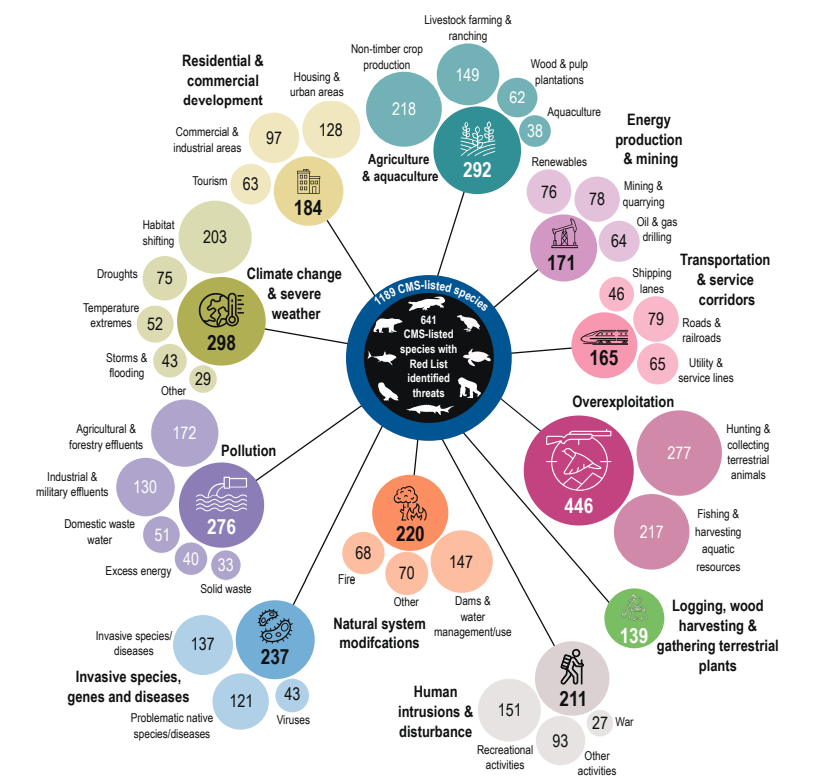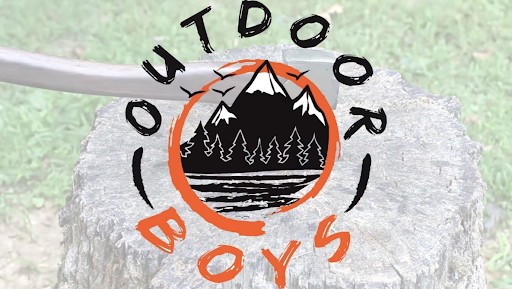It’s a lucky thing for a person to be able to put food on the table—to be able to provide for their loved ones. It’s an easy opportunity to get, but it’s an even harder opportunity to give. The opportunity to give is being taken for granted.
In recent times, studies have revealed that humans are only taking from the source, and not giving back to them.
During the State of the World’s Migratory Species report, it’s been revealed that “almost 44% of migratory species are in decline,” and out of the 631 species listed on the Conservation of Migratory Species treaty, “one in five migratory species are at the risk of extinction.”
Conservation of Migratory Species (CMS)
The Conservation of Migratory Species (CMS) treaty is a formal treaty under the United Nations Environment Programme, it works to promote the sustainability and conservation of migratory species, including their natural habitats.
Out of the 631 species listed on the CMS treaty, “399 species are globally threatened or near threatened,” and are inching closer and closer to becoming detrimentally endangered.
An expansive variety of migratory species including varying types of birds, fish, and land mammals are on the verge of going extinct, and more species are becoming endangered by the day. Many species including the Egyptian vulture, starlings, wildebeests, the steppe eagle, sharks, and more, are in danger.
The two major groups being affected by these causes are birds, and fish, however, the biggest concern, as stated in the report, highlighted that, “97% of migratory fish species are on the verge of extinction,” including very important species to ecosystems such as salmon.
Causes
The main causes of these species’ endangerment is the loss of habitat, and the excessive overexploitation. Migratory species cannot migrate if their home is demolished.
The loss of habitat is mainly caused by climate change, causing dangerous environmental shifts. A clear example of this is the polar bear, where the Arctic landscape is losing “13% of ice every year,” (approximately 150 billion tons), and polar bears are losing their homes. Other causes that contribute to habitat loss is human disturbance (i.e. recreational activities) and building development (i.e housing, tourism).
The biggest concern for conservationists and scientists is excessive overexploitation. Overexploitation is when living organisms are removed from their natural habitat faster than they can be replaced. When they’re removed too quickly, animals aren’t able to keep their population levels high due to the inability to produce offspring. Overexploitation includes illegal hunting, fishing, and bycatching, or the unintentional capture of fish.
Other causes of migratory species endangerment is aquaculture, agriculture, pollution, invasive species, disease, and natural habitat modification (i.e California wildfires, Great Pacific Garbage Patch).
Why it’s important
The migratory species crisis will have a drip effect on our society. According to Simon Torkington, an agriculturalist journalist, he states, “in the longer-term… the loss of biodiversity and ecosystem collapse is ranked as the third biggest threat the world will face a decade from now,” (World Economic Forum). If these species keep diminishing at the same rate they are now, the ecosystem is predicted to surely collapse in the near future.
An example of the drip effect is the ongoing effect of endangered salmon. Salmon is a common prey for multiple predators across the globe—including Southern Resident orca. Due to the overexploitation and illegal hunting of salmon, the population is continually decreasing over time.
Southern Resident orca are endangered because the decreasing population of salmon make it difficult for them to find prey to feed on. Furthermore, if Southern Resident orca go extinct, many primary and secondary consumer species are possibly going to become overabundant.
When a species is overabundant, natural resources are depleted very quickly. Soon enough, this will hurt every living organism species; it will “drip” in throughout the ecosystem levels until it reaches humans, and it shatters the ecosystem.
If it shatters the ecosystem, many species from all over the globe and important trophic level animals are predicted to go extinct. If this continues, it will gradually, but detrimentally affect every living species.
Once it reaches humans, people won’t be able to salvage the situation and they’ll be left looking to provide for their family. But what will they be able to provide when there’s nothing left to do so?









